The future of skill building – are skills the new currency in the world of work?
Discover what was discussed in this closed-door executive roundtable that explored the role of skills development in the future success of organizations.
Why You Should Care
LinkedIn recently release its 2021 talent research based on its 770 million end-users and 16,000 employees
The report confirms a shift in the most sought after skills in the wake of the ‘Great Reshuffle’
This discussion focused on the development of these skills and L&D’s role in laying the right foundations for future organizational performance
There is no other organization with as much access to data on skills than LinkedIn. We were thrilled to host an exclusive pan-EMEA roundtable recently with one of their directors, Fred Hagermark, alongside the Global Director for Learning Excellence and Innovation at L’Oreal.
Key topics discussed:
- Skills development is necessary in the wake of huge transformation and business pivots
- The pressure is on L&D to keep up with the skills agenda when the jobs of the future haven’t even been invented yet
- Build vs buy is no longer a discussion – organizations need both to succeed so L&D must work closely with HR and Talent Acquisition teams
Francois Debois began the roundtable with a lively look at the enormous thirst for learning and skills development at L’Oreal. With 88,000 employees worldwide, providing digital learning has long been a requirement in order to reach all of its people at scale. This has obviously intensified in the last two years, but with good provisions in place in terms of technology, the pressure has come around the learning experience and upskilling at speed.
L’Oreal’s upskilling demands come from transformation in terms of technology and business direction, but also new initiatives around sustainability. Skills and competency frameworks are famed for being slow to develop and execute, often becoming out of date by the time they are published. Hardly ideal when L’Oreal has become a much more agile organization.
But Francois’s team are working with skills frameworks to provide some structure, whilst also enabling as much as 50% of formal learning and development to be self-directed. So people are able to opt to do more learning in the areas that most interest or motivate them, which is supporting their desire to be more responsive and nimble in these difficult times. And LinkedIn Learning’s library is a key component of this agility and scalability.
Upskilling is not a choice, it’s a must have – not just for the jobs at L’Oreal today, but the roles of tomorrow as well.
Francois Debois, Global Director for Learning Excellence and Innovation, L’Oreal
Build vs buy
It is important to be mindful of the pressure that L&D is under to become a ‘skills manufacturer’ or a ‘skills shop’ in order to close skills gaps observed several leaders in the discussion. The reality is that organizations need to pause and “take a step back” commented one global learning leader. They argued that organizations cannot develop enough people in time to support the upskilling demands being placed on them. So we have to be able to attract the right talent and skills in and buy as well as build the people that we need.
There is real need to crossover and collaborate with colleagues in HR and Talent Acquisition for example. And a drive to get creative. For example, how are you encouraging your people to highlight existing skills they have that the organization might not be aware of? Too often, we put people in boxes and don’t see the skills they have beyond what they need to do their immediate role. But with areas such as talent mobility coming to the fore, how do we capture that knowledge and ultimately speed up the organization’s journey to competence?
When the jobs of the future haven’t been invented yet…
Many of the global organizations in the discussion have been through – or are going through – huge exercises to redefine job roles and subsequently, the skills that go with them. But with so the world moving at lightning pace and so many jobs of the future not even having been invented yet, how do you plan for the skills you need now and next?
One financial company has reworked its job architecture so they can become more gig-lead in its approach and introduce more “mobility and flexibility” into their talent management strategy. This shift in mindset would seem to be key when facing an uncertain future without the luxury of time to wait and see what happens next.
Tackling the skills taxonomy
One multinational talked about their vision for a consolidated technology ecosystem of platforms and providers for skills. This is “easier said than done” but streamlining should help execution and minimize conflicts. For example, when harnessing AI recommendation engines, there always needs to be a “master and a slave” when it comes to platforms or there might be incorrect feedback loops leading to poor user experiences.
One thing organizations cannot afford to lose is their people’s engagement with digital content and access to learning. Transforming people and skills effectively simply cannot be done successfully without that buy-in and a desire to learn. So that learning experience has to be top of mind for learning leaders in the execution of their skills strategies now.
Technology-wise there is also the “holy grail” mission of the supplier to become “master of the skills ontology”. Creating in-house skills taxonomies is time consuming and difficult to scale – especially at the speed of change we are all facing at the moment. But different technology providers do have different taxonomies in play. And when an organization is using multiple platforms for say, hiring and onboarding vs career development and performance reviews and the taxonomies don’t match up…things can come unstuck pretty quickly!
Ultimately, there’s “no right or wrong” here and that’s part of what makes this such a compelling topic. Context remains king when it comes to skills and the biggest gains can come not from having everything from on one platform, but at least making sure different tools and content can play nicely together. Without this co-operation on the supplier side, it is even tougher than ever to crack skills strategy.
L&D can have huge influence over this in the months and years to come as the skills story continues to unfold. And learning leaders must make sure they stay front and center of the key decisions being made both by external suppliers – and more importantly, the C-Suite and Board as skills steer organizations successfully into the new world of work.
You can find out more about LinkedIn’s 2021 research here and watch their recent webinar on ‘The Great Reshuffle’ here.
Why join an UNLEASH Roundtable?
Amid the current disruption, HR leaders need to get ahead of the exponential trend where work, technology and how work gets done have changed forever. But how should we approach the relevant questions, given the radical uncertainty we continue to face as the pandemic becomes more protracted than anyone imagined? Our exclusive Virtual Roundtables are designed to explore where business leaders are focused now, key challenges and prioritization for the rest of the year, and what matters most in planning for what’s next.
How to take part:
Apply to get a seat at future UNLEASH Roundtables via our Events Calendar today or via the form below. Please note that all attendees are screened. Your company name will be shared with other participants to help us create the most useful discussion possible.
Apply now:
Sign up to the UNLEASH Newsletter
Get the Editor’s picks of the week delivered straight to your inbox!

Director, Competitive Intelligence
Former Director of Content Labs and Insights at UNLEASH.
Contact Us
"*" indicates required fields
Partner with UNLEASH
"*" indicates required fields

